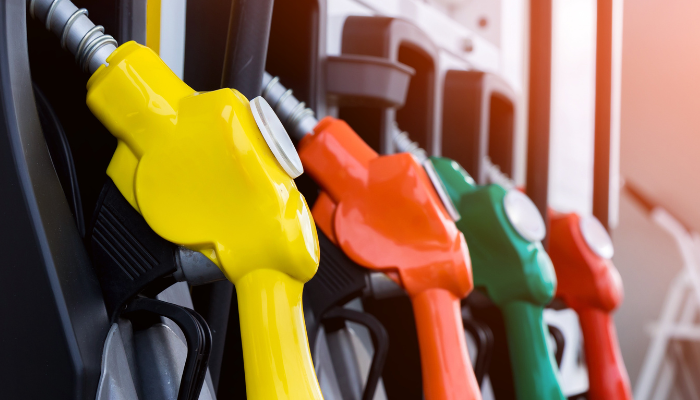Ohio Drivers Furious Over Gas Station’s Water-Contaminated Fuel
In Wilmington, Ohio, drivers are reeling after fueling up at an ARCO gas station on 7126 OH-73, only to discover the gasoline was contaminated with 70% water. According to MotorBiscuit, On April 12, 2025, motorist John Toth noticed the 93-octane pump was unusually slow. Consequently, his vehicle broke down miles later, requiring a tow. Mechanics confirmed “extreme fuel contamination,” with water dominating the fuel tank. Similarly, other drivers reported identical issues, sparking widespread outrage. For instance, vehicles sputtered, stalled, or refused to start, leaving owners with hefty repair bills ranging from $1,500 to $5,000.

Seeking Accountability and Reimbursement
Moreover, affected drivers are demanding accountability. Toth received a reimbursement check from the station’s owner for gas and repairs, but others, like Waddell, struggle to contact the owner. Meanwhile, Marathon Petroleum clarified they don’t operate ARCO stations, as they’re independently owned, complicating responsibility claims. Additionally, Ohio’s lack of a statewide fuel quality testing program exacerbates the issue. Unlike Summit County, which tests for water and octane levels, most counties only verify pump volume. Therefore, drivers are left vulnerable, with no preventive measures until damage occurs.
A Systemic Issue in Ohio
Furthermore, this isn’t an isolated incident. In 2024, a Sunoco station in Salem Heights faced similar complaints, with water-filled tanks damaging vehicles. Experts suggest cracked underground storage tanks or flooding may introduce water, yet Ohio remains one of three states without mandatory fuel quality checks. As a result, State Rep. Cecil Thomas is pushing a bill to enforce testing, aiming to protect consumers. Until then, drivers like Toth urge caution, advising against fueling during fuel drops to avoid stirred-up contaminants. Ultimately, Ohio’s drivers demand systemic change to prevent such costly debacles



